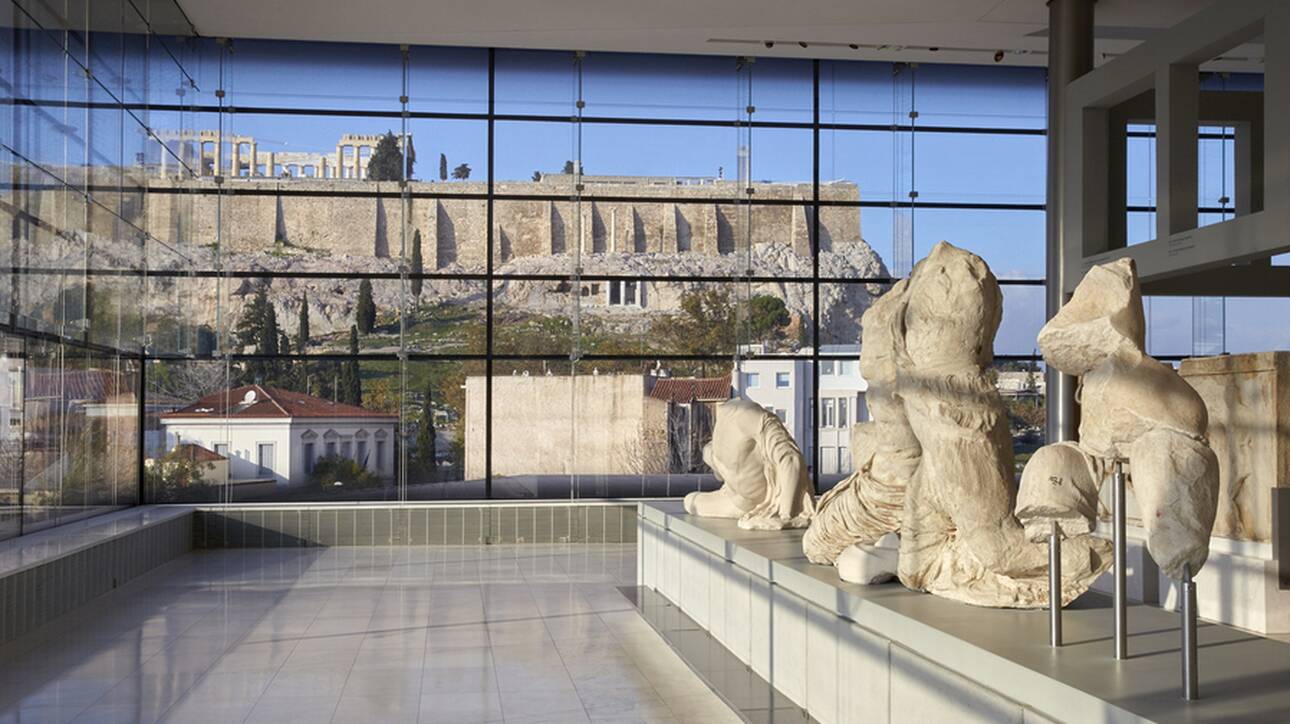Διάκριση μαθητών
Σημαντική Διάκριση
Διεθνής Διαγωνισμός Φωτογραφικού Δοκιμίου για την Παγκόσμια Πολιτιστική Κληρονομιά
Συγχαίρουμε τους μαθητές μας Λευτέρη Κανελλόπουλο και Ειρήνη Γερολύμου που συμμετείχαν στον Διεθνή αυτό Διαγωνισμό. 324 συμμετοχές από όλον τον κόσμο κατατέθηκαν από 24 χώρες.
Ειδικότερα αναφέρουμε τη συμμετοχή της Ειρήνης Γερολύμου, μαθήτριας του τμήματος Β3, της οποίας το έργο χαρακτηρίστηκε ως «Εξέχουσα Συμμετοχή».
Τhe Parthenon
The Parthenon, the Acropolis monument in Athens, was built in the 5th century B.C. It was designed by Iktinos and Kallikrates. It is considered a symbol of Ancient Greek civilization and is dedicated to Athena. Unfortunately, due to time and climate change, it has suffered significant damage.
In modern times, air pollution has played a major role in the destruction of the monument. More specifically, acid rain damages the marble and causes cracks and alterations. Even the various pollutants cause a change of color due to corrosion of the marble.
However, climate change is also making its presence felt in the greenhouse effect. The temperature is constantly rising to dangerous levels and solar radiation is very intense. The monument is completely exposed to weather phenomena. Therefore, adverse conditions can cause from wear and cracks to more serious alterations and detachments of parts.
The impact of heavy rains and winds is also significant. Rainfall, especially in combination with strong winds, can cause water to enter the cracks, accelerating erosion. The extra wear and tear make the structure of the Parthenon even more unstable.This is the reason why a new museum has been created to house the biggest part of the Acropolis’ artifacts .
In conclusion, the Parthenon, this world heritage site, has suffered many disasters over the years. Especially in modern times it wears out strongly and climate change plays a very important role.It definitely is our World’s fountain of History.
Eirini Gerolymou, participation in UNESCO KOREA PHOTO ESSAY

CLIMATE CHANGE – THE ACROPOLIS
The effects of climate change seem to be the nightmare in the coming years for all of humanity. Its varied and constant threats seem to be one of the great and intractable problems that our world must face. The marvelous creations of human civilization and of course the UNESCO monuments could not escape this change. One of the most famous archaeological sites is the Acropolis of Athens , especially the Parthenon, the symbol of the ancient Greek civilization and of what it stands for in the world. Archaeologists have been fighting for the preservation and restoration of this emblematic monument for years now, and special scientists are working with them, using the help of technology.
As Reuters notes from 2019, “Air pollution and acid rain corrode marble, while extreme weather events such as droughts or torrential rains have caused structural problems in ancient walls and temples. Although the Acropolis is probably the best-preserved archaeological site in Greece, there are signs that climate change is increasingly affecting the monuments of the sacred rock.”
NTUA researchers IN 2019 found two main corrosions in the monuments of the Acropolis: Sugary wear on the outer layer of the marble from a type of acid rain, which has dramatically affected a large number of monuments in central Europe, and plastering of the marble from moisture, in the places that do not come in contact with rain. In the same areas, soot, iron oxides and other harmful microparticles accumulate, which are responsible for the dark pollution of the monuments. In addition, damage from biological agents, lichens, fungi, bird droppings, etc. is observed.
“In the walls of the ancient city there is more erosion compared to the past,” notes Mrs. Maria Vlazaki, Secretary General of the Ministry of Culture, pointing out that “efforts to maintain and protect the Acropolis and its monuments have continued uninterrupted since 1970, with various studies such as lightning protection and risk management plan, in collaboration with the Observatory and the Polytechnic.
In June 2019, the National Spokesperson for Climate Change, Atmospheric Physics professor Christos Zerefos, at an international conference, emphasizes that “extreme weather events have become more frequent and sudden weather changes destabilize monuments. Greece needs to better protect its monuments and needs a monitoring system for extra protection in case of extreme weather conditions. I estimate a doubling of the risk over the next two or three decades.”In order to protect parts of the Acropolis, there has been funded a new museum, called the Acropolis Museum.
The Acropolis participates in the WWF initiative, Earth Hour, to protect the planet and combat climate change, and for this reason every year for one hour, one day in March, all the lights go out.
LEFTERIS KANELLOPOULOS, B CLASS,
5TH JUNIOR HIGH SCHOOL OF AGIA PARASKEVI ‘LELA KARAGIANNI’